University Report: Multi-Project Scheduling and Resource Allocation
VerifiedAdded on 2022/11/28
|7
|1147
|61
Report
AI Summary
This report provides an analysis of multi-project scheduling and resource allocation, focusing on the application of heuristics in project management. Part 1 of the report appraises commonly used heuristics, including an examination of the matrix structure and its impact on resource flow, organizational conflict, and the roles of higher-level officials in modifying organizational structure. The report also discusses heuristic project scheduling and scheduling rules. Part 2 reflects on the perspective of using heuristics. Part 3 examines methods for scheduling and allocating resources in multi-project environments, including mathematical analysis, duration compression, and simulation techniques. The report references research and provides insights into the practical application of various scheduling methods, and it emphasizes the importance of selecting the right techniques to optimize project outcomes.
1 out of 7
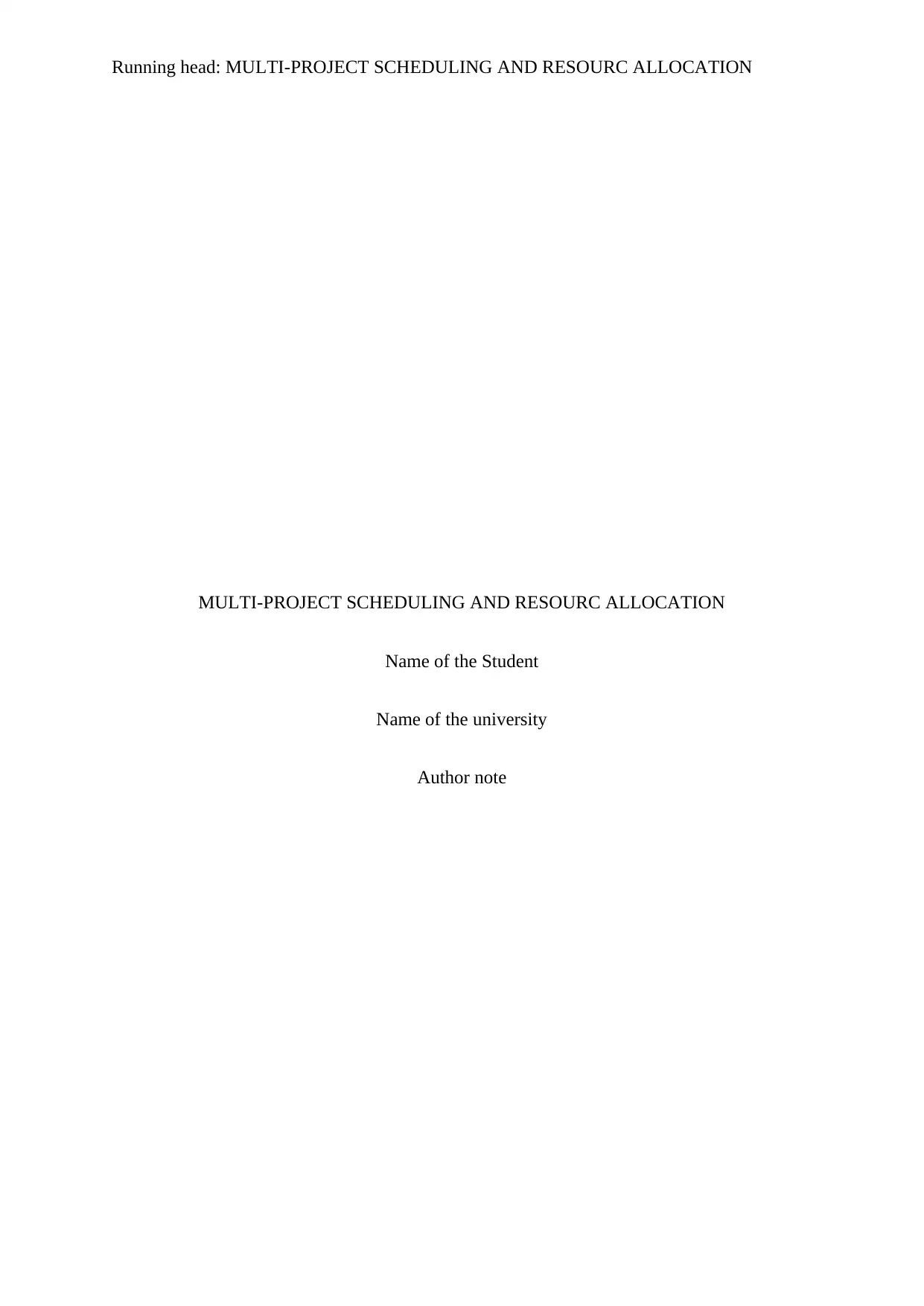
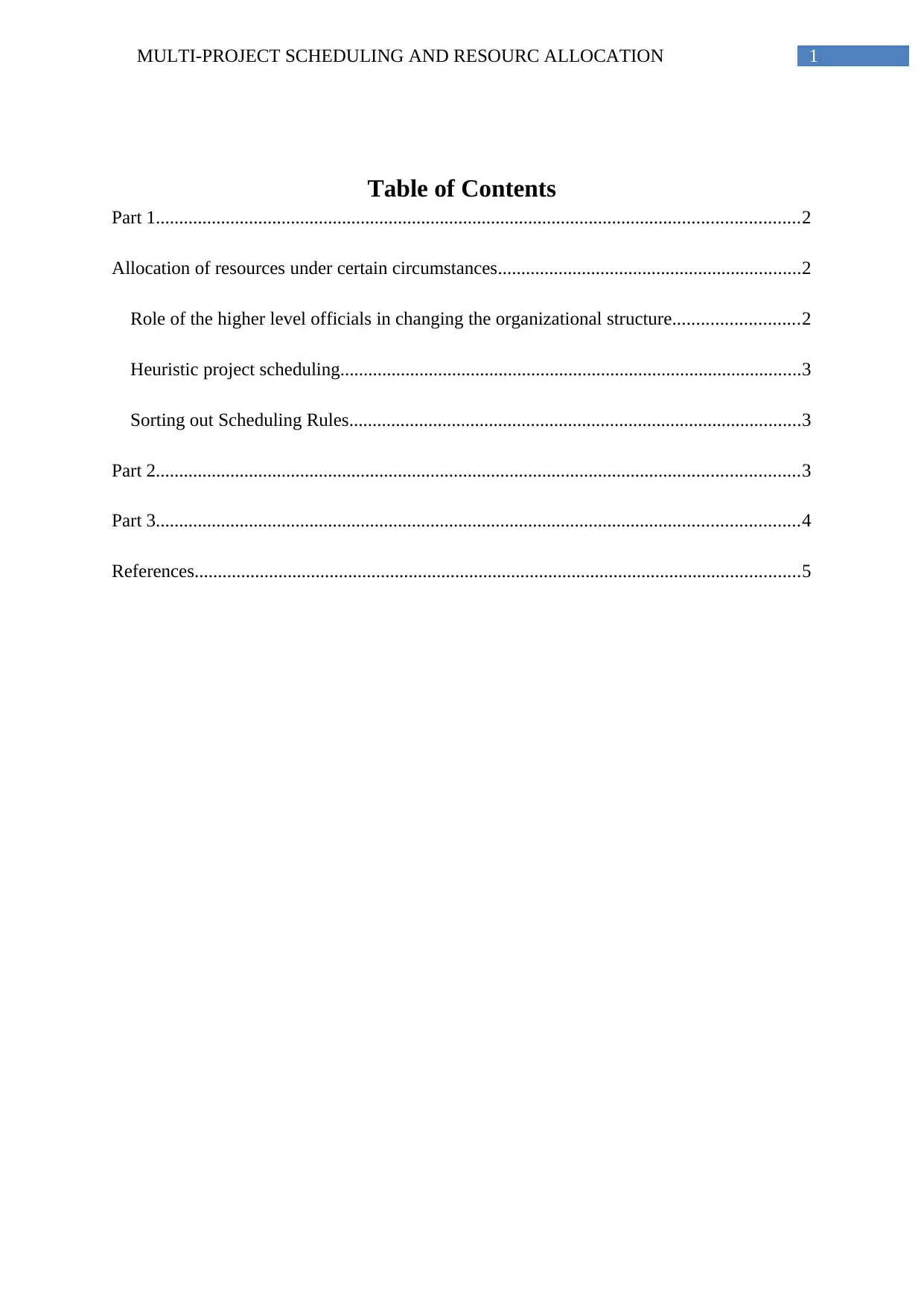
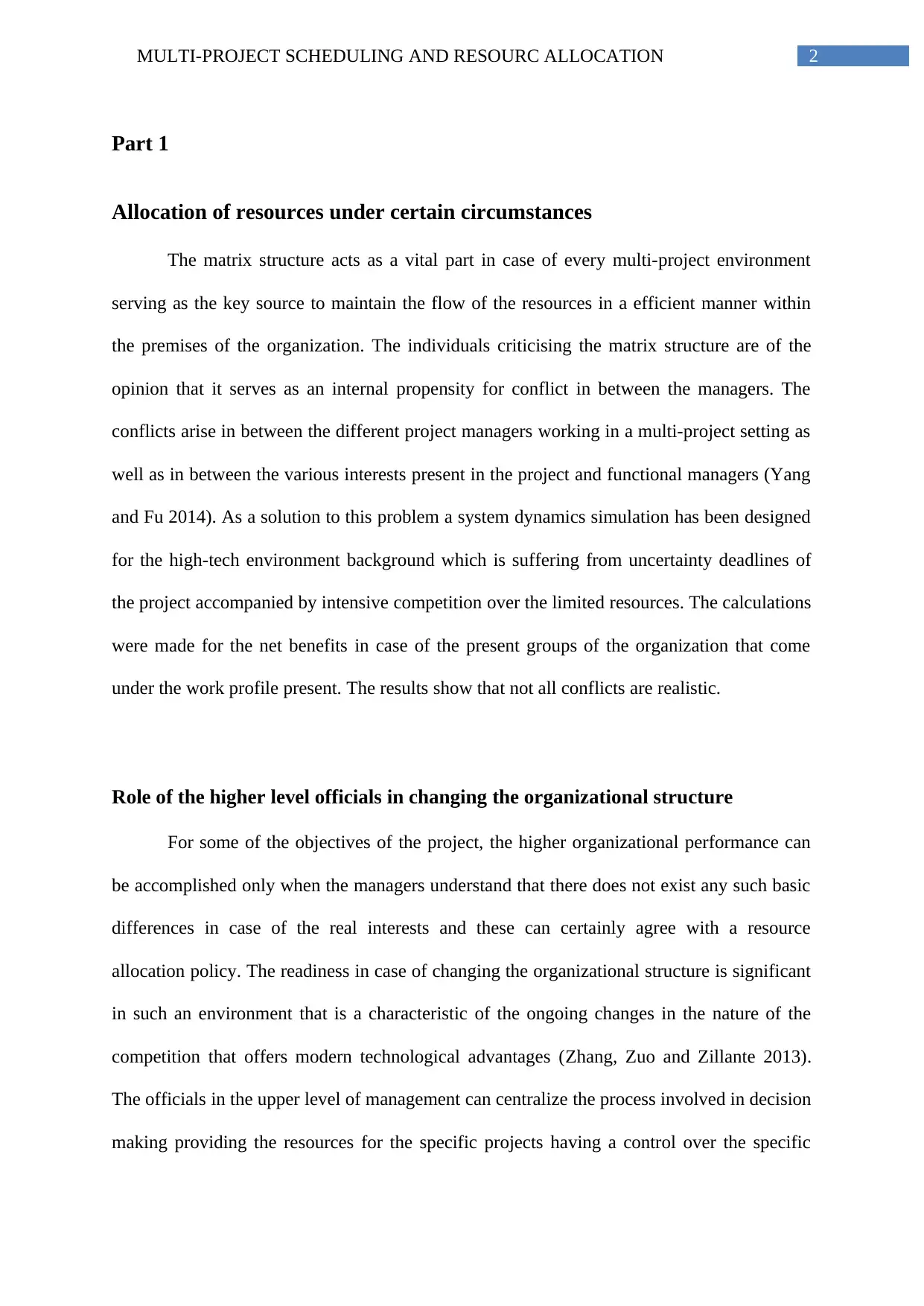
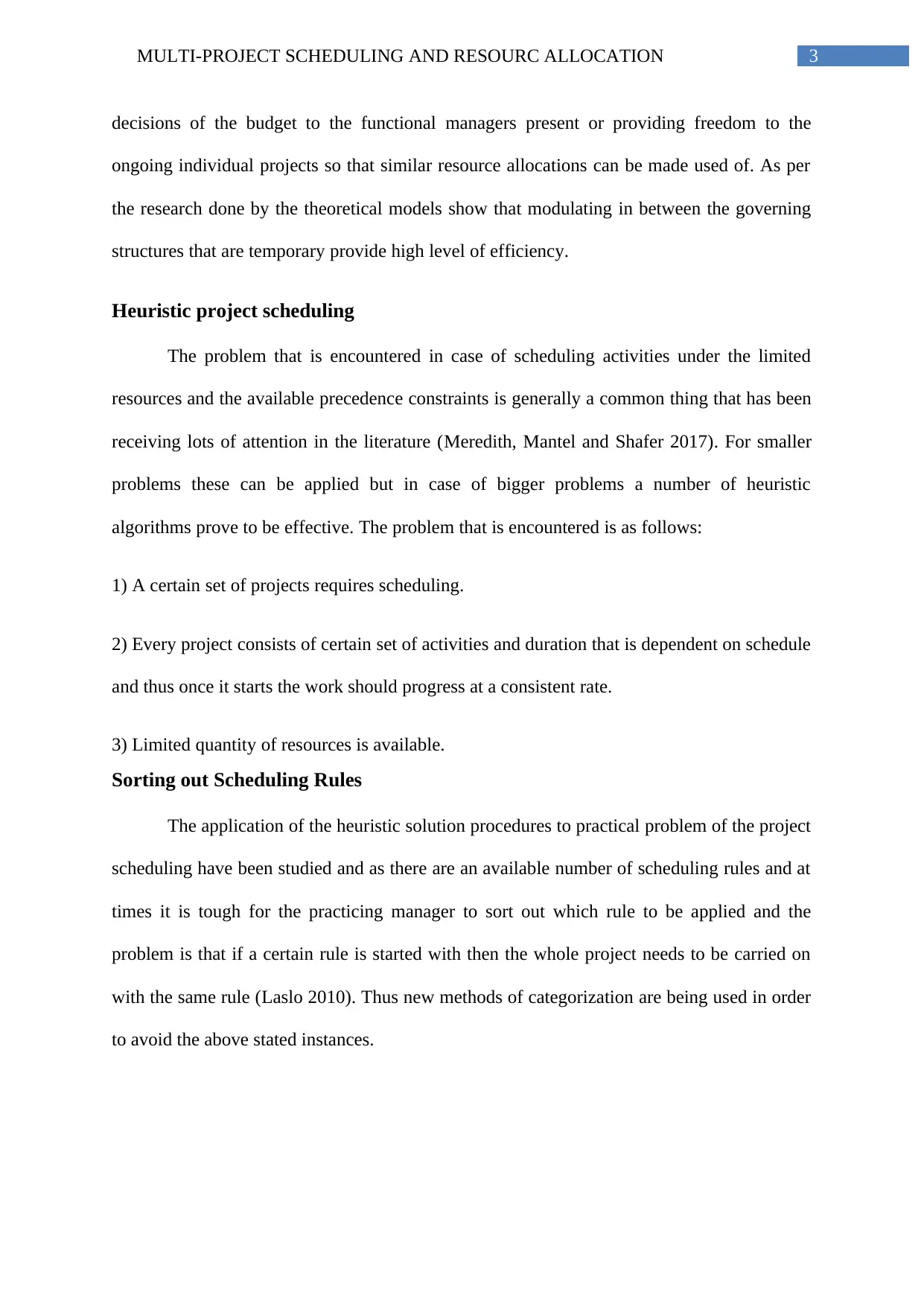
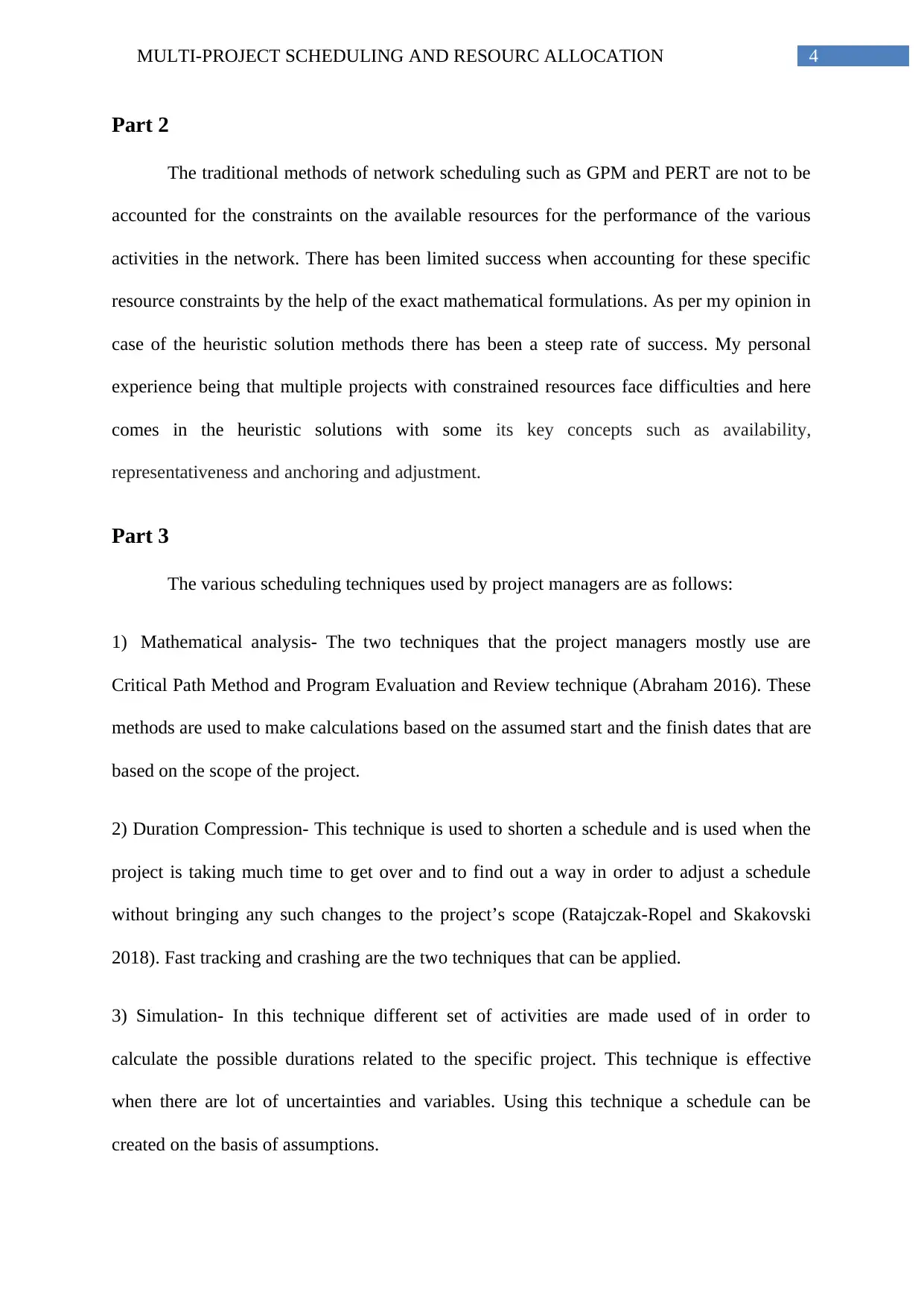

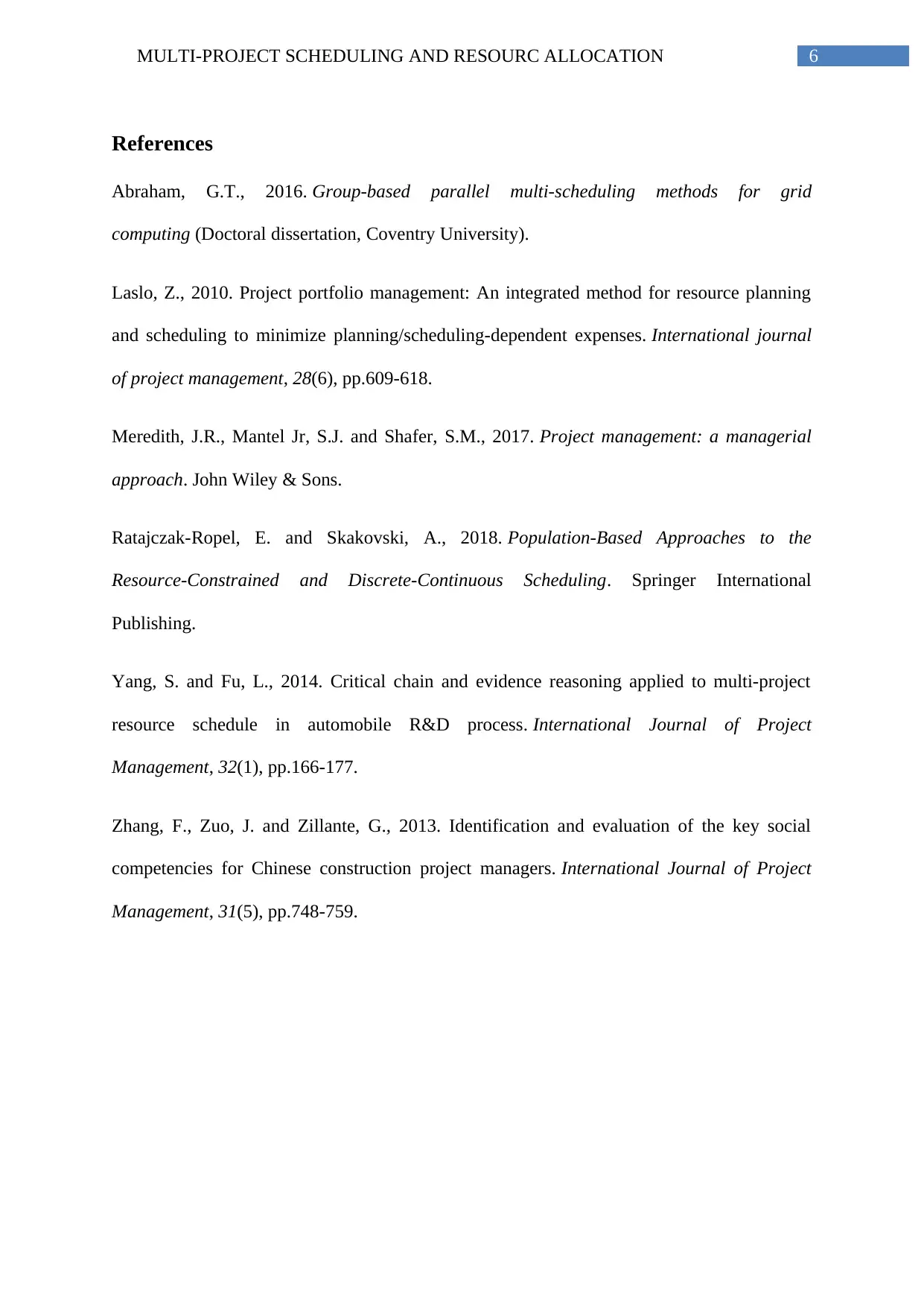




![[object Object]](/_next/static/media/star-bottom.7253800d.svg)